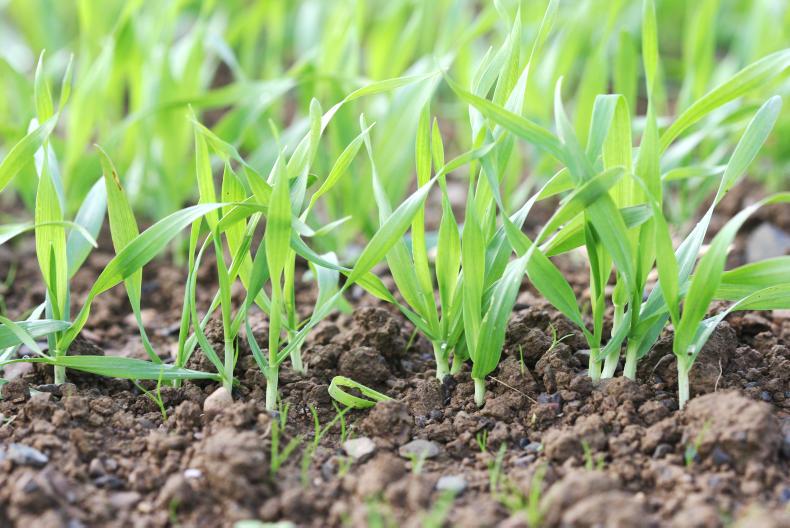Weather not cooperating
Weather continues to be disagreeable in parts of the country for getting work done, especially planting.
Temperatures have been lowish, with some severe night frosts. But there has been growth and crops continue to move on. More forward crops seem to have moved on more than the later or more normal ones.
There has been a good bit of planting done but there is still a lot to do. Growers are now moving on to potatoes and maize and spring rape should be planted at the next opportunity. Soil temperatures are now generally above 8°C so one can expect warm days to show real growth.
Growers need to be aware of the risk of damage to forward winter crops following frost last week. While temperatures may not have been that low, some ear damage is possible in crops that are well into stem extension.
There may be no damage but one should watch for it in forward crops in the next two weeks. If a developing ear was hit by frost the plant and stem will still look OK but the ear will begin to rot inside. Dissect the stem with a sharp blade to inspect.
Planting
There has been a lot of planting done but progress was interrupted in parts of the country by rain last week and by the absence of drying conditions in places. Beans are unlikely to be a viable crop at this point and some growers are still fighting to get the last of their spring wheat planted. But the main planting activity from now on will be spring barley, spring rape, maize and potatoes.
Uniform establishment is important for many reasons, not least the fact that it helps in some way to minimise BYDV. And as we move into April this risk is increasing. Seedbed quality is very important in this regard as uniform planting depth and establishment, helped by rolling, are key to a nice uniform plant stand.
Seed rates for spring barley should be a minimum of 350 seeds/m2. This is a minimum of 160kg/ha (10st/ac) for seed with 45g TGW. Make use of recent P and K tests and get fertiliser incorporated into the seedbed if it is not to be combine drilled.
Combine drilling is very important in Index 1 or 2 soils for P & K. Depending on the compound try to put 30-60kgN/ha into the seedbed to drive early growth.
Remember that the three-crop rule is there again this year but most growers now have a farming system that includes at least three crops.
Winter wheat
Crops are at different stages of stem extension, with early wheats having their third-last leaf fully emerged. Apply T1 fungicide once the third-last leaf is fully emerged. Options include Elatus Era, Cauldron, Venture, Aviator or other mixes that use a combination of prothioconazole for eyespot plus an SDHI. All fungicide treatments should contain chlorothalonil.
Growth regulator needs to be applied at GS30/31. Much of this is already done with either Moddus or Medax Max or a CCC product. A possible follow up with Moddus (0.15-0.2 l/ha) might be considered with the T1 fungicide depending on the feel of the crop and the amount of N applied to date.






 This is a subscriber-only article
This is a subscriber-only article









SHARING OPTIONS: